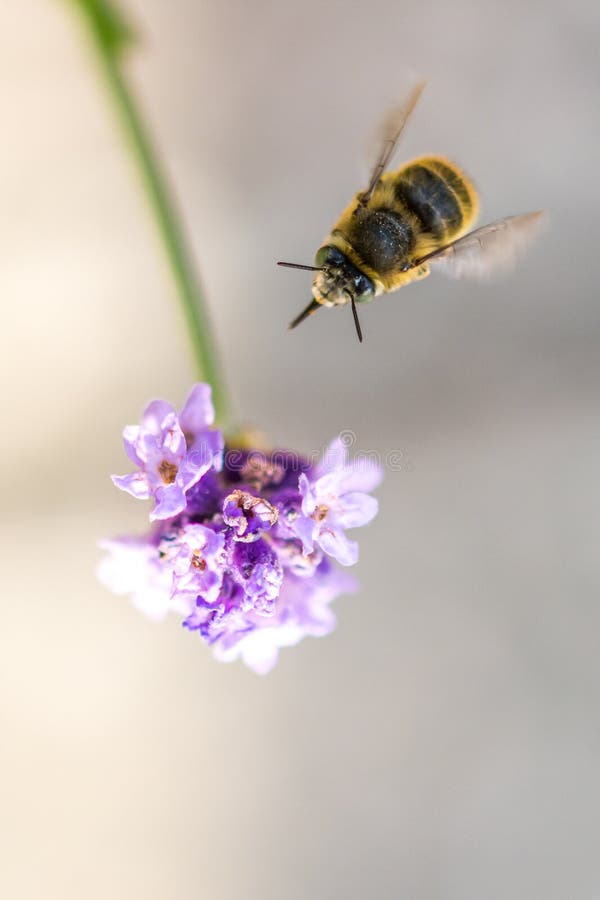

The wings are connected to the ‘thorax’ – located in the middle of the bee’s body, between the head and abdomen. The front and back wings connect during flight using a row of hooks called a ‘hamulus.’ The larger wings are called ‘forewings,’ while the smaller ones are called ‘hindwings.’ Two of the wings are large, and two of the wings are small. How many times do bees beat their wings?Ī bee has four wings.It’s not uncommon to see older bees with tattered or ragged wings.īees cannot regrow their wings if they’re old, deformed, or broken. Besides chitin, bee wings contain veins, hairs, nerves, and breathing tubes.ĭespite their strength, a bee’s wings wear and tear as the bee ages. Flying is a bee’s primary method of transportation, so their wings have to be durable to do the job.Īs mentioned, bees’ wings tend to be transparent, like clear glass. In fact, they’re incredibly strong and allow some bee species to carry up to 80% of their weight in pollen and nectar. What Are Bees’ Wings Made Of?īees’ wings are made of chitin (KITE-IN), a keratin material similar to what makes up human fingernails.īees’ wings aren’t as delicate as they may look. That said, hydrofoling is a labor-intensive job. If the bee can’t find its way to safety within 10 minutes, it’ll drown. They’ll use a technique called “hydrofoiling.” Hydrofoling is when bees use their wings to create waves that propel them forward to a landing perch. This causes the nectar to dehydrate slowly, which thickens it up and gives it the syrup-like honey texture we’re all familiar with.īees also use their wings to avoid drowning in water.īees can’t swim, so they rely on safe landing perches like rocks and sticks to drink from.īut what happens if a bee accidentally falls into the water? Honey is the sticky, sweet substance made by honey bees to eat during the winter when flowers are scarce.Īs it turns out, honey bees fan their wings over nectar to help reduce the water content. Honey bees use their wings to help produce honey. Social bee colonies, like bumble bees and honey bees, will also cluster together to generate heat. When bees get too cold, they’ll vibrate their wings quickly to warm themselves up. Additionally, the queen quits laying eggs and production stops. This allows the temperature to cool as the water evaporates.īecause if the nest gets too hot, then the bee larvae can dehydrate and die. When temperatures get too warm, the bees will also collect water from nearby sources to cool things off.įrom there, the bees will use their wings to fan the water around the nest. Meanwhile, other bees will temporarily leave the nest to allow for more room and airflow. A group of bees will gather at the nest entrance and quickly fan cool air inside. What Is Special About Bees’ Wings?īees’ wings are special because they use them for more than just flying.įor starters, bees use their wings to cool down their nest when it gets too hot. As a result, a honey bee could fly two miles in about six minutes. They’re also known for traveling more than two miles in search of flowers for food. Honey bees can reach top speeds of 20 mph. Scientists have to watch slow-motion videos of honey bees to count the number of wing beats. In fact, their wings move so quickly that you can’t even see them. This means that honey bees can beat their wings three times faster than hummingbirds can. Honey bees can beat their wings up to 240 times per second. In other words, bumble bees are the heavyweight champs of the insect world. That’s like a 180-pound person carrying a backpack weighing 144 pounds. Instead, they have transparent wings that have a clear, glass-like appearance.Įven though bee wings may look small and delicate, they’re actually transportation powerhouses.īumble bees use their wings to help them carry up to 80% of their body weight. Most bee species don’t have colored wings. Violet carpenter bees are unique with their colored wings.


Thanks to their passive nature and large size, carpenter bees are known as “gentle giants.” Violet carpenter bees are native to Europe and Asia. If you look closely, you’ll see several veins filled with hemolymph (insect blood) running through the wings.įor example, the violet carpenter bee (Xylocopa violacea) has a gorgeous violet/blue sheen to its wings. Most bees’ wings look very thin and transparent. 03 What Are Bees’ Wings Made Of? What Do Bees’ Wings Look Like?īees have four wings, with two forewings (front) and two hindwings (back).


 0 kommentar(er)
0 kommentar(er)
